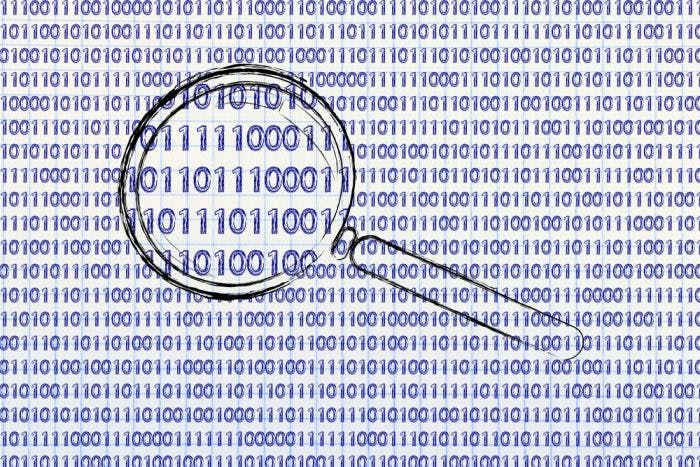Editors Note: For the last 16 days of December, SourceCon will be resharing our most popular articles from the year.
We’ve been inundated with bewildering big data for years now. Thankfully, predictive analytics has emerged to help us put that data to use in ways that drive business results. In talent acquisition (TA), predictive analytics is a tool that helps companies hire better and faster. In today’s highly competitive talent market, doing so is key to securing the talent you need. So, how does predictive analytics empower better hiring?
- Workflow prioritization. Predictive analytics takes everything your recruiters, hiring managers, and sourcers do, all the applications, all calls, every single action and aggregates it on a daily basis. Certain “triggers” are applied so that it indicates what actions your people need to make each day to keep job orders on track. For example, if your goal is to have a new hire start in 60 days, that means by day 45 you need to have an offer accepted, you need final round interviews day 35-40, interviews scheduled day 20-25, and hiring manager initial feedback within the first two weeks. By using an “assembly line” type of logic, every step is mapped out. Alerts are placed on the key dates or activities, and daily dashboards show you where you might be getting off schedule. This way, TA teams always know every day how to prioritize their workflow to address the most pressing issues first.
- Workforce planning. The second power of predictive analytics lies in its ability to take data and show you where you get your best hires from, how long those people stay, where they go when they don’t stay (your competition), what time of year you get the best hires, and what talent pools your talent comes from. By looking at themes and cycles, you can establish critical information that lets you pinpoint where to spend budget, as well as predict where and when you will get the best results. For example, if a company hires their best talent in May and June of each year, are they getting fresh college grads or is this just when people are looking for new work? Predictive analytics will examine the historical data and answer this for you. Then you can determine whether or not you should delay hiring until those months. Predictive analytics will help you determine who is converting and why so you can target the right people.
- Process improvement. The third power of predictive analytics is in its ability to help you drive efficiency and process improvement. The data on how well your team is performing, as well as how well your process is working can be used to make adjustments, tweak efficiencies, and drive better ROI. When you use A/B testing, the data sets will show you what works best, and you can optimize your teams, processes, and planning for maximum efficiency and performance. Great predictive analytic tools will also have TA best practices baked into them so that you can continually benchmark and have game plans to address challenges.
Bottom line: predictive analytics makes your work smarter and more efficient and results in faster, better hiring. When you are evaluating predictive analytic tool vendors, be sure to understand that your system needs to be able to provide the data to the tool and not all systems have this capability. Talk with your IT department to ensure your system is compatible with the vendor of your choice. Secondly, look for a vendor who has expertise in TA so that the tool will be tailored to the types of datasets that your team needs to succeed. Your next competitive advantage may lie in the data you already have, so be sure you start to leverage predictive analytics to empower your hiring results.
